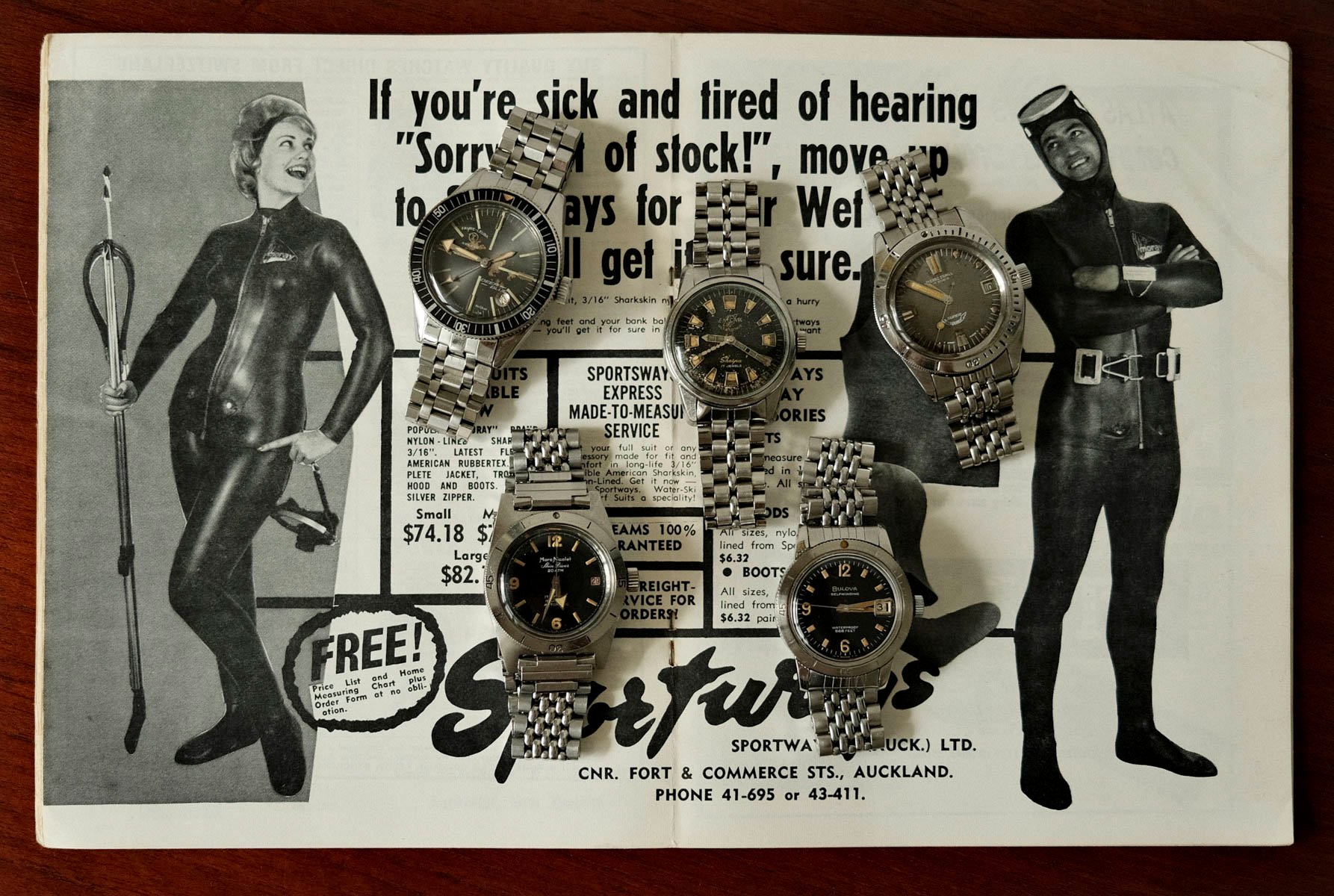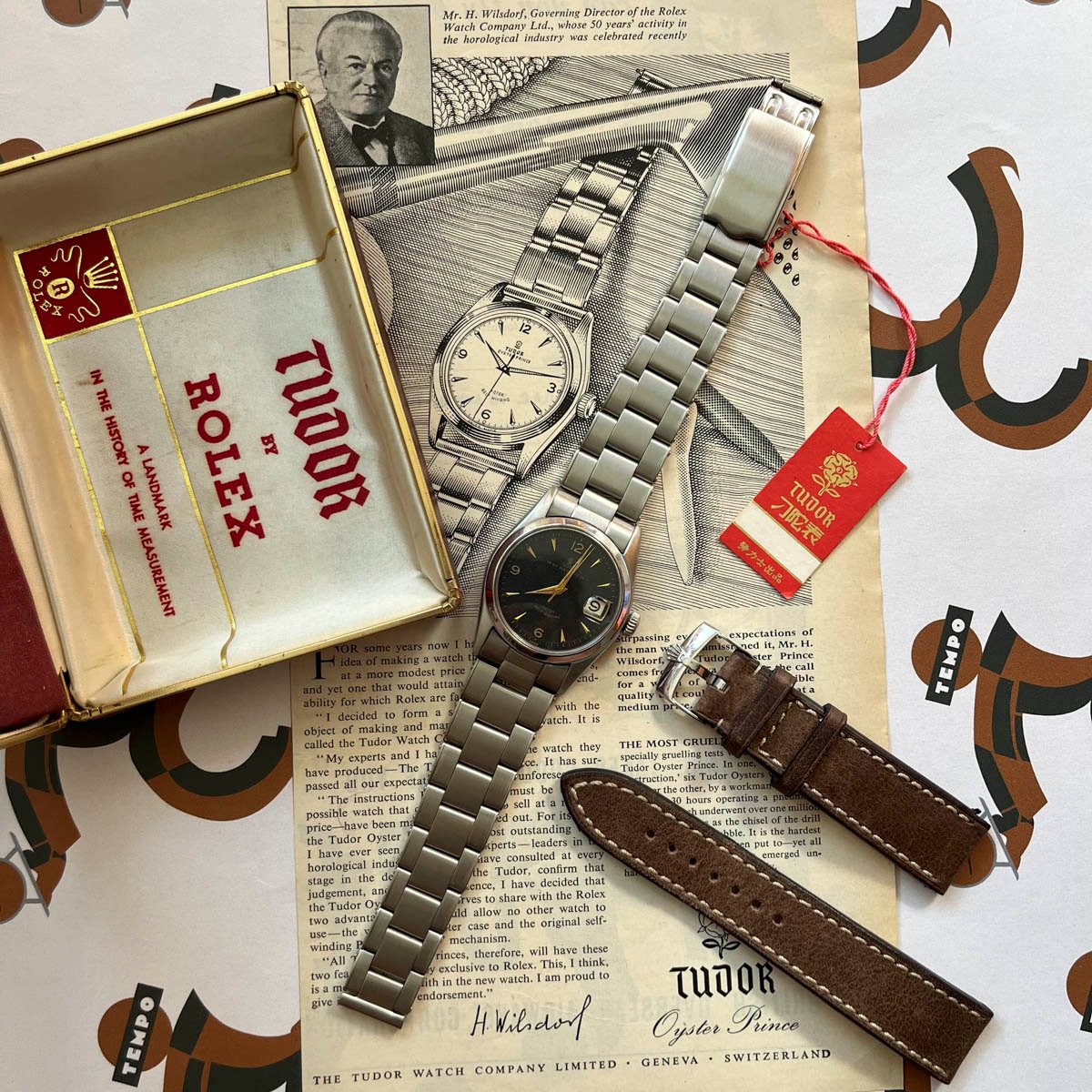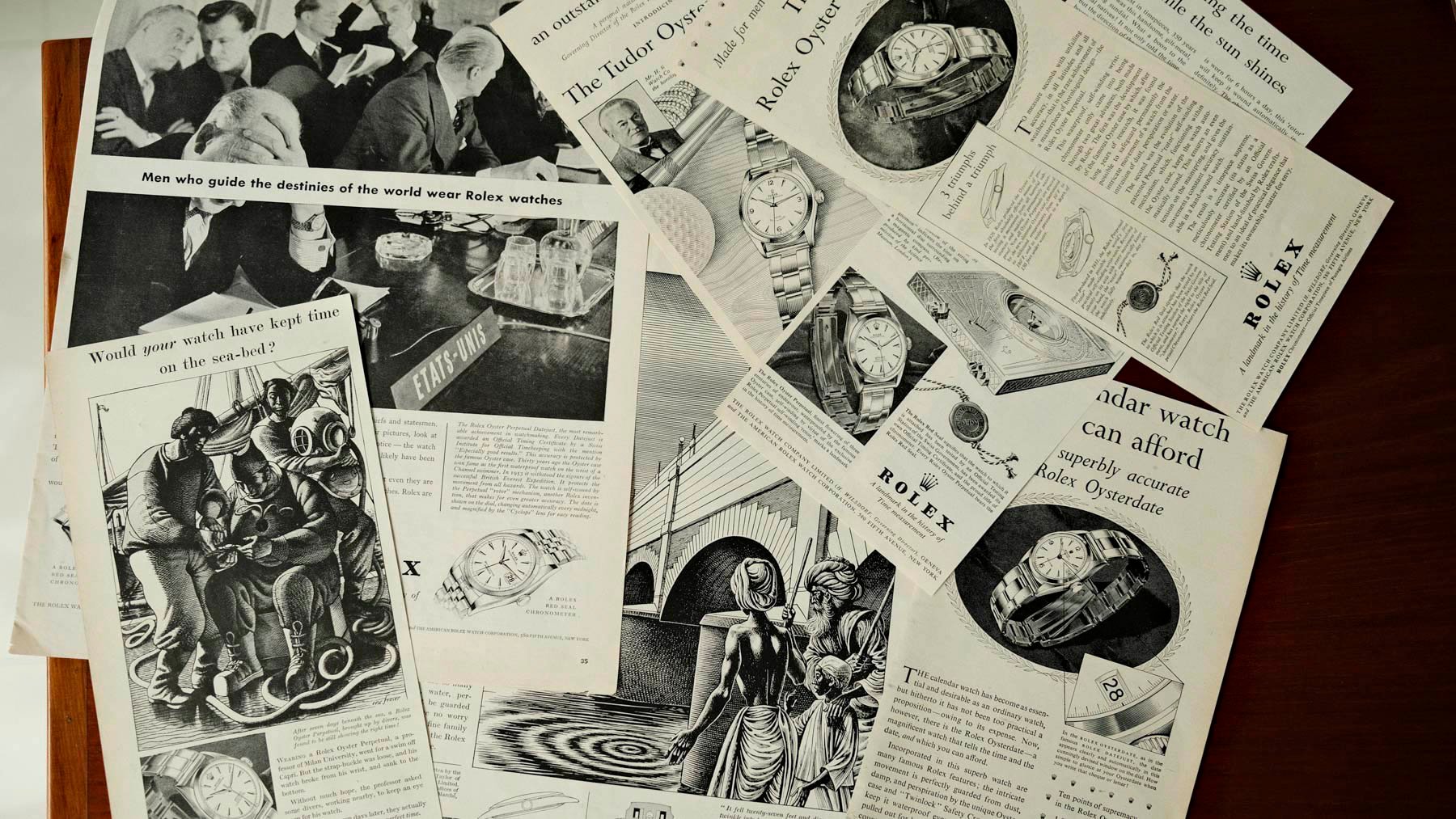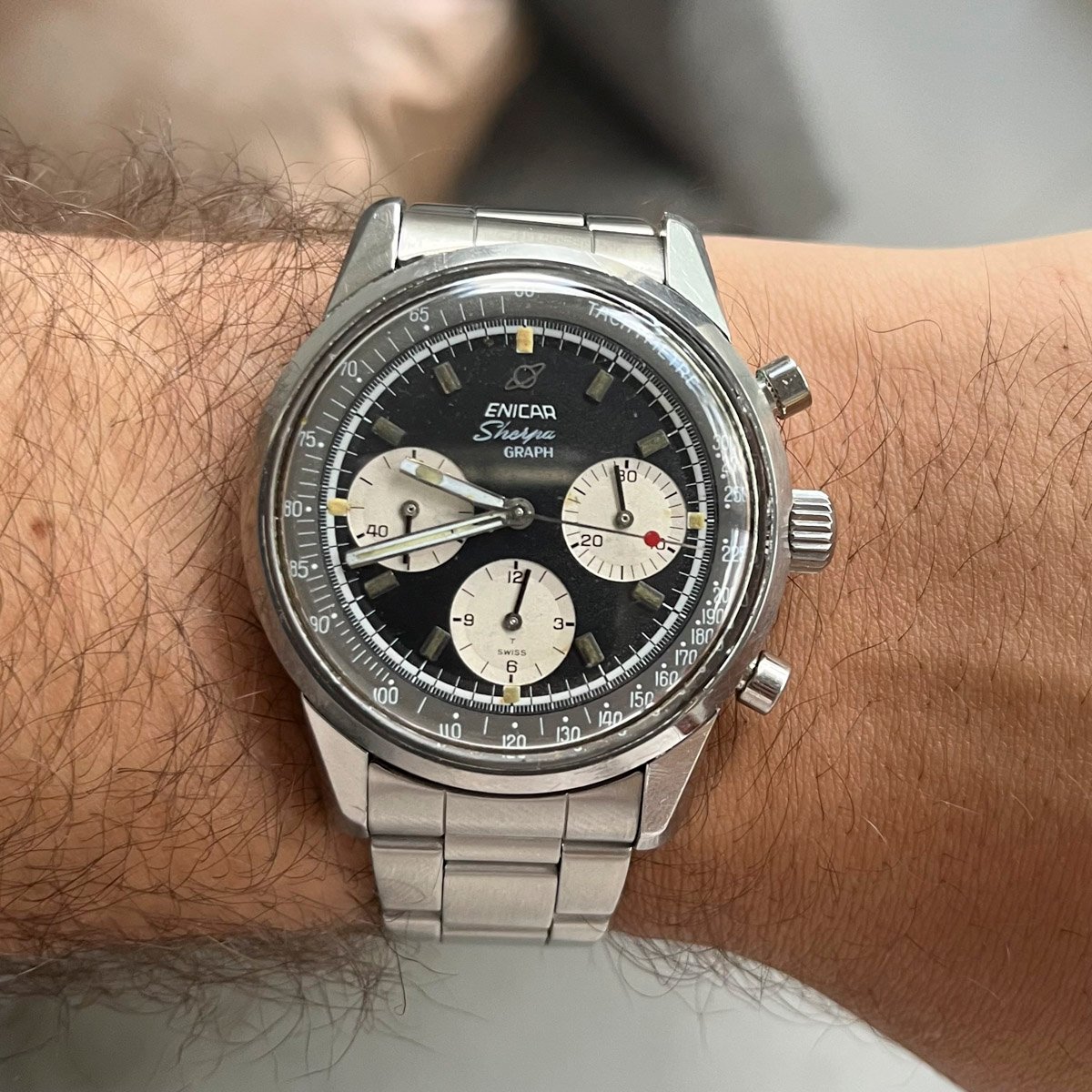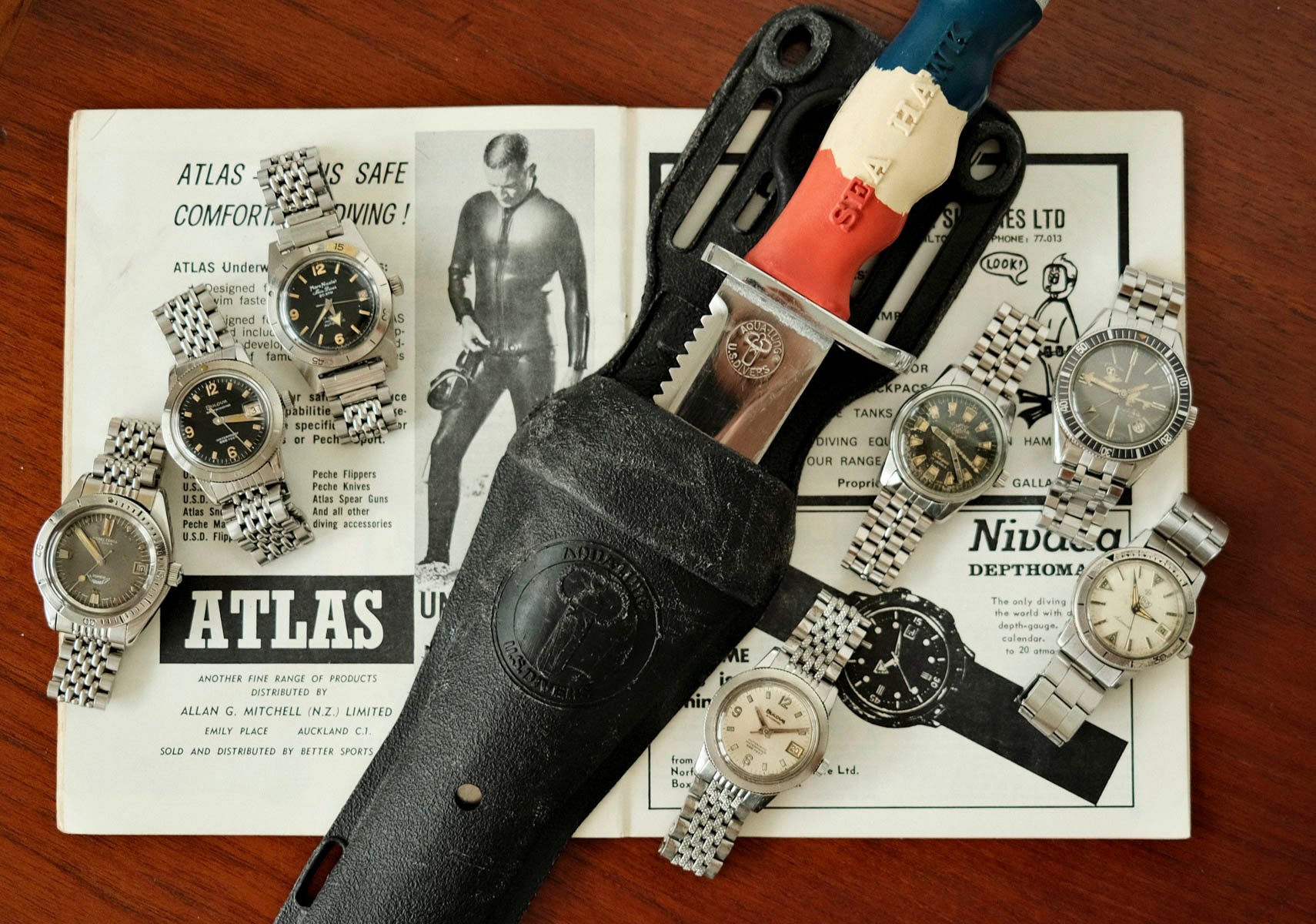Fratelli Stories: Connecting To Vintage Watches Through Old Ads
In this edition of Fratelli Stories, reader Antonio shares how his father’s passion for vintage Seiko and Omega sparked his very own love of watches. But it was old ads that truly sucked him into the hobby.
Imagine flicking through an old magazine or publication one day at a secondhand store and coming across one of those old Rolex ads. You know the ones that start with “If you were . . . you’d wear a Rolex.” Chances are, if you see this vintage watch ad, you might well have a feeling of nostalgia. I probably would. For Fratello reader Antonio, vintage watches come alive in old ads, and he has become not only a firm collector of vintage dive watches but old ads as well.
An enthusiasm for vintage watches from an early age
Antonio’s watch journey began with his father. Growing up in the early 2000s, he said his father was already a collector. “He would collect obscure jump-hour watches and old Seikos and Omegas from the era of his childhood, the 1960s and 1970s,” Antonio said. “I remember seeing a brightly colored Seiko watch on his wrist as a child and being fascinated by it.”
This fascination only grew when Antonio went along with his dad to markets and auction houses. “My dad would be hunting for his next purchase. I also used to know where my dad stored his watches, and I would always ask him to let me have a look at them. He often kept them away unless he could sit me down and explain each watch, where he got it from, how much it was, and the story behind it. Often, these stories were repeated, but I’d still listen like it was the first time I’d heard them,” Antonio told me.
A trip to Switzerland and an old bookshop
According to Antonio, a visit to Switzerland cemented his enthusiasm for vintage watches. “When I was at a local bookshop that had stacks of LIFE and National Geographic magazines, I was flicking through them to find pictures for a university project. It was then that I found a Rolex ad in one of the LIFE magazines, and that was it; I went through all of them,” he said.
“The golden era of ads for me is the ’50s and ’60s. Rolex seemed to be at the top of the food chain (even then) as the brand had the budget to allow an add in for nearly every issue in the ’60s. Smaller brands like Titus, Certina, Roamer, and so on didn’t show up as often.”
Modern watch marketing missing its mark
Antonio is relatively young, but he said that modern watch advertising doesn’t seem to hit the mark like the vintage watch ads he collects. This was an idea explored in a recent Fratello podcast for those interested in hearing more on the subject.
“The ads from those past decades had a specific design quality and intention,” Antonio said. “They were designed with much more consideration and inclusiveness compared to ads we see today. For example, a Rolex ad came up on my feed showing a compilation of movie stars wearing Rolex watches in scenes from Hollywood movies. This, to me, creates a separation in the targeted audience and is a bit tasteless and lazy, to be honest.” It is certainly interesting to hear this feedback from younger enthusiasts.
Architectural background informing vintage appreciation
Antonio said that being a graduate architect informed his love of vintage watch ads. “I have a passion for design that spreads to communication and graphic design. The ads back then were carefully designed and used mixed mediums, with photography alongside hand-drawn and painted images displaying the watches. I think this was a result of the profession being more hands-on as the photography side of advertising was still developing. I also love finding ads for watches ads I own or hope to own one day,” he said.
Looking at Antonio’s collection of old ads, it’s no wonder some remind me of old movie posters or newspaper articles. There are mini-interviews, testimonials, detailed drawings, and photos. “You can see the sheer amount of effort that went into these,” Antonio said. “The 1950s were a golden age for Rolex and Tudor as the artist Eric Fraser was involved in creating drawings of their models and scenes, which were extremely detailed and striking. These could stand as artworks of their own.
“Now we see Rolex making ads with Hollywood actors wearing the watches in movies and slow-motion macro shots of them. This is in contrast to imagery of what the watch is meant to do — be worn and used,” Antonio said.
Final thoughts
As I usually do when interviewing readers for this series, I asked Antonio what sort of stories he liked to see on Fratello. Given his interests, it is perhaps not surprising that he elected historical write-ups as his favorite category. “One that comes to mind is the one you did on the Rolex WWII watch. Stories like that are why I read Fratello,” Antonio said. I’d also encourage our readers to see my colleague Brandon’s heartfelt deep dive into a couple of vintage watches. He goes into how they are intertwined with his family history. It is a great read. Another one worth mentioning is Nacho’s feature on his Omega Speedmaster. Please go check them out!
One thing I wondered was whether there was a good place to find some old watch ads. I admit to not having much knowledge of the subject. Antonio recommended the following: “The Journal Suisse d’Horlogerie Et De Bilouterie, specifically editions from the 1950s if you can find them. The ads are beautiful. Product photography still was yet to take off within the industry. Some brands were yet to adopt only product photography for ads, so you can find beautiful drawings and paintings of watch models,” Antonio suggested.
Well, there you have it. Thanks to Antonio for sharing his time with us for this story. I’d love to hear your ideas for the Fratelli Stories series in the comments. You can also contact me privately on Instagram. And finally, what do you think of modern versus older watch marketing? Have things improved or not? Let me know!

